Stone polishing is an ancient lapidary process whereby rough stone is polished and smoothed by hand or using simple machines to produce attractive stones.
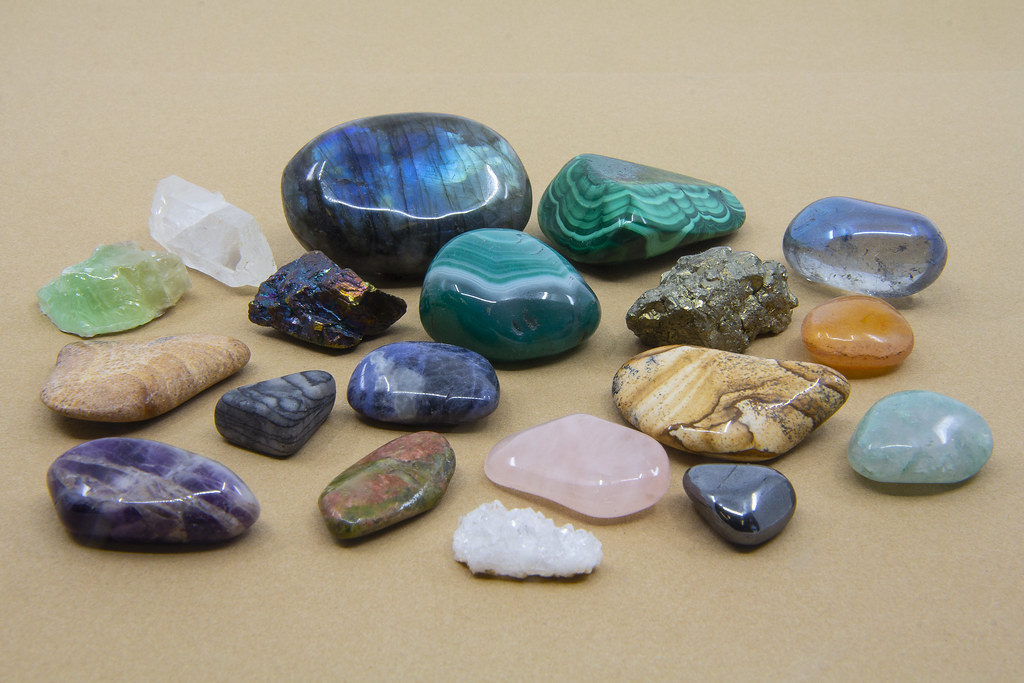
Image source: https://search.creativecommons.org/photos/ca421904-178d-4bd4-acfc-701ce28f0c64 by COLORED PENCIL magazine
What is stone polishing?
The most common means is tumble polishing, but there is also vibratory finishing. To effectively polish rock in a tumbler the stones must all be of the same approximate hardness. Rocks are placed into a tumbling barrel with varying degrees of abrasive grit and or water. Depending on the hardness of the rocks each step in the tumbling process can take place over many days.

Image source:https://search.creativecommons.org/photos/2c05dc14-c68f-4b45-ad54-a824230beb42 by heatheronhertravels
Sculpture
Sculptures can be sculpted both by the direct and the indirect method. Indirect carving involves the use of an accurate model in clay, wax, or plaster, which is then copied with the use of a compass or proportional dividers or an indicating machine. The direct carving method is a more intuitive way, without first creating an elaborate model. Sometimes a sketch is made on paper or in clay draft.
The final stage of the carving process is polishing. Sandpaper or abrasive cloth can be used as a first step. Emery is also used in the finishing process, a stone that is harder and rougher than the sculpture stand. This abrasion, or wear, brings out the color of the stone, reveals the patterns on the surface, and adds a sheen. Tin and iron oxides are often used to give the stone a highly reflective appearance.
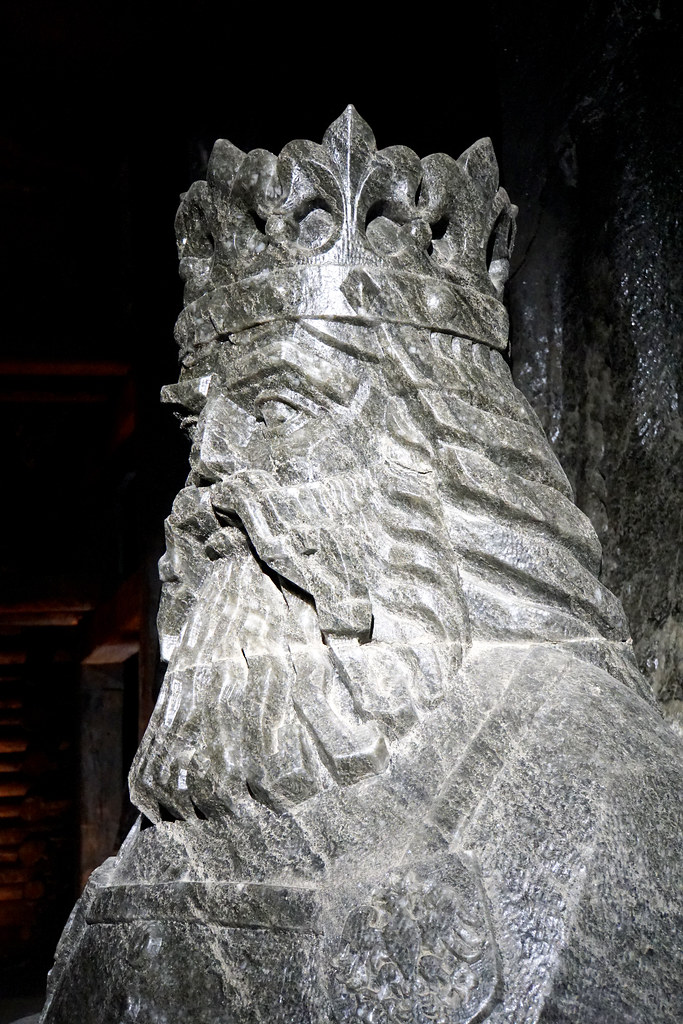
Image source: https://search.creativecommons.org/photos/8e76582a-1431-41b5-901c-3f660ec5c3fa by archer10 (Dennis)

Image source: https://search.creativecommons.org/photos/68de5015-41b3-4a5e-a650-a0ab0002e549 by dynamosquito
Polishing
The process of polishing the edges of granite, marble, travertine, and limestone is indispensable for kitchen tables, and sinks. Since ancient times, the edges or corners of the stones have been rounded off by skilled workers and craftsmen whose craftsmanship has ensured that the stones last well over 1,000 years. The custom of producing rounded edges is still present today, there are rarely worktops or washbasins with sharp edges.

Image source: https://search.creativecommons.org/photos/9e80b0d0-dd6b-40d7-8e72-5317c178c306 by The Swedish History Museum, Stockholm
The process of rounding off edges is not only for aesthetic purposes but also for functionality. The sharp edges of the table may lead to injury if someone bumps against it, or the edge may crack or chip easily on impact with something hard. Even though stones like granite, marble, travertine, limestone, etc., are hard, they still have a brittle quality as well.
Edge polishing, represented by the “bullnose” trim, can be achieved by hand polishers or automatic machines, which can be applied to a large scale of material. The usual problem faced when polishing the edges of the stones is that, sometimes, polishing does not work evenly.

Image source: https://search.creativecommons.org/photos/c8fd6b90-d65e-4da1-9149-a690e8c0e7e0 by Gary Lee Todd, Ph.D.
There is not much difficulty in polishing even, flat surfaces, but unevenness might pose a problem for the edges. During flat surface polishing, the tool makes contact with the stone surface by a close aspect, but for the edges, it’s relatively closer to the line or the point of contact. The grit of the edge tools will cut deeper into the material to be machined, and by varying the angle or pressure, the grinding ratio can be changed easily. To achieve a smooth, even gloss, considerable skill is required as well as ensuring that the abrasive portion of the edging tool is evenly sintered.
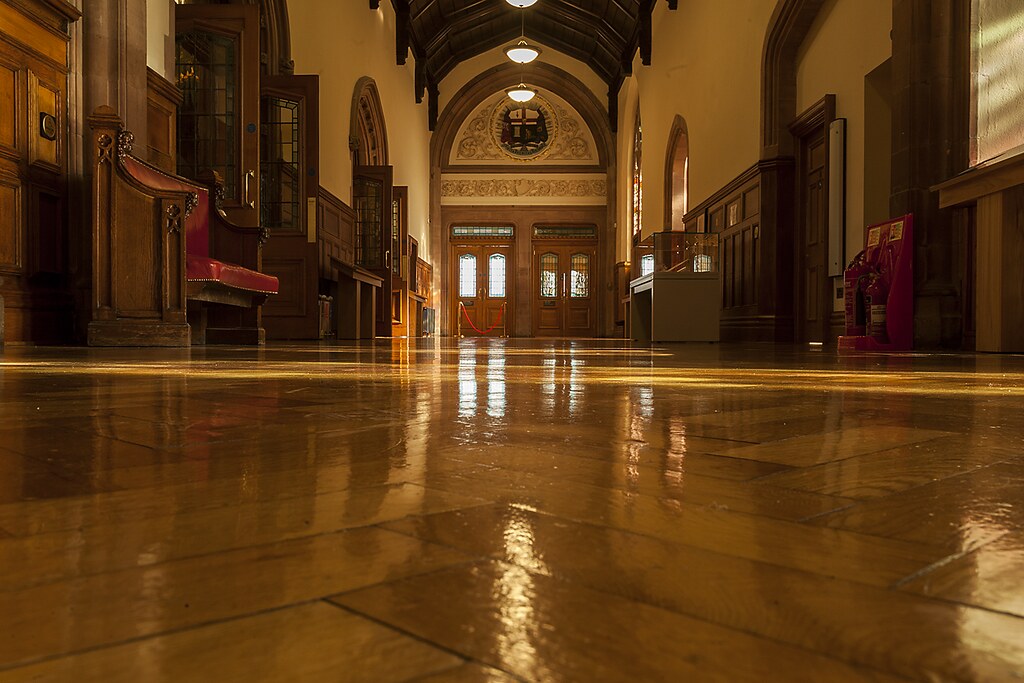
Image source: https://search.creativecommons.org/photos/1c9ad0d5-18dc-47e8-9867-874d92a795b0 by leppre
How does a rock become a stone?
Rocks start as something called a “tumbling rough”, an untreated stone. A tumbling rough is placed into a tumbling barrel with abrasive grit and water. This initial procedure is called the coarse grind. The purpose of the coarse grind is to wear down any sharp or uneven edges on the rock’s surface, eventually producing smooth round stones.
The second stage of rock polishing is the fine grind. This is the same as the coarse grind differing only in the use of a finer grit and that the stones are no longer shaped but are beginning to be polished. At the end of this step the rocks should appear shiny when wet, but matte when dry.
The Pre-polish step uses a mixture of very fine grit and plastic tumbling pellets. At the end of the process the stones have a slight luster when dry.
The final two steps are the polish and in some cases the burnishing.
In the polishing step, rock polish is added in place of grit as well as the plastic tumbling pellets. After further tumbling the rocks should now have a shiny look when dry. If this is not the case and the rocks appear to have a film on them, a burnishing may be necessary.
In burnishing the rocks are tumbled with only the plastic pellets and the addition of an oil free non abrasive soap.
What is rock tumbling?
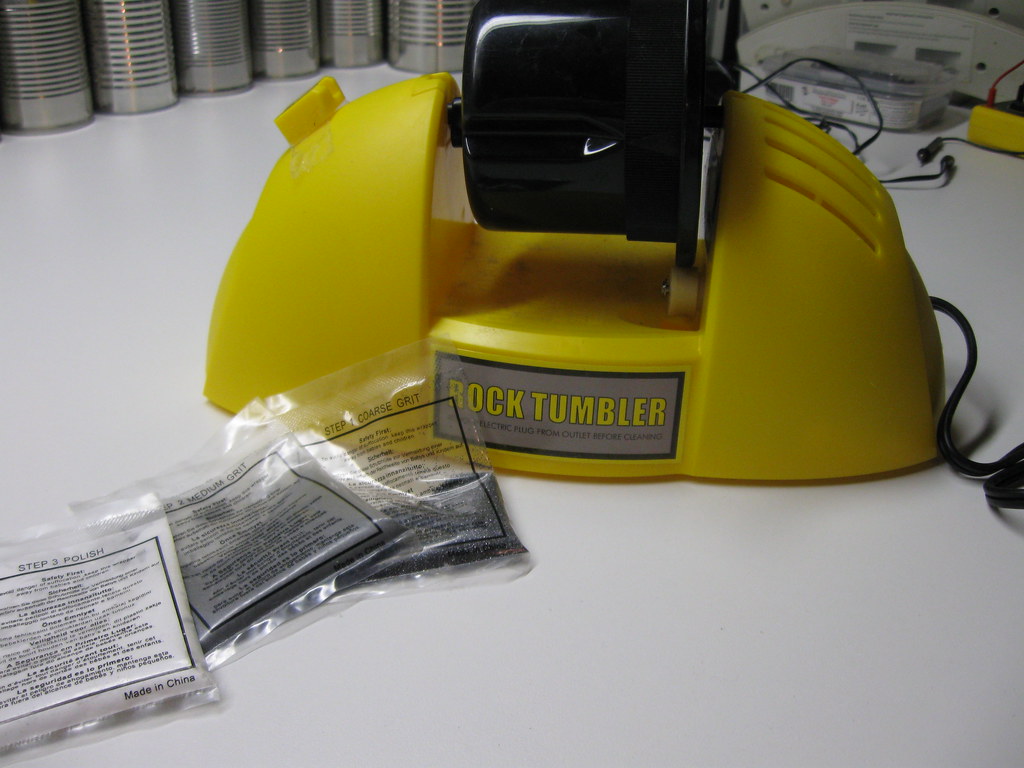
Image source: https://search.creativecommons.org/photos/a2f33a80-68ce-481d-b3f1-a1b15788c055 by Qfamily
There are two main types of rock tumbling: barrel (rotary) tumbling, and vibratory tumbling.
Rotary tumbling is more common, simpler, quieter, and less expensive than vibrating tumblers. Vibrating tumblers, however, retain the overall shape of the raw rock, while rotating tumblers tend to make rocks round. It is therefore important to use a vibrating glass to create faceted shapes and teardrop shapes. Furthermore, vibrating tumblers tend to work much faster than rotating tumblers, halving the processing time.
Sometimes, stone “preforms” are used. This refers to cutting shapes from the rough rock, before tumbling. This gives more control over the final piece, so shapes such as a teardrop can be produced. The technique is still limited to rounded shapes. Preforms may use less time with the coarsest step or skip it altogether.
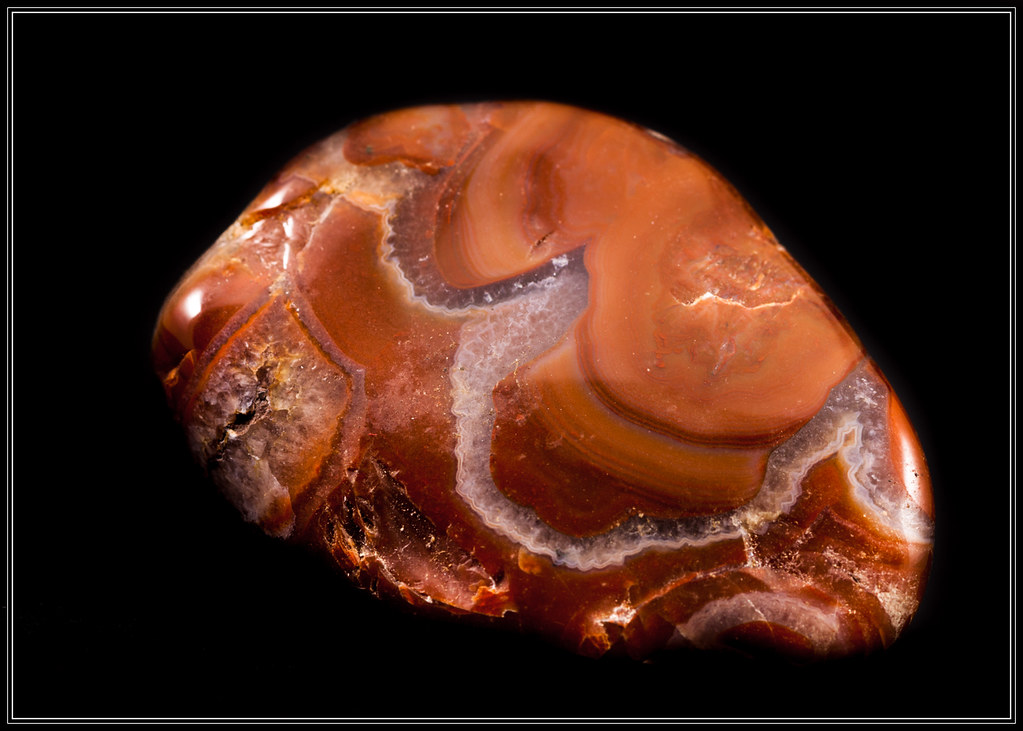
Image source: https://search.creativecommons.org/photos/7fef7124-6664-4e6d-b549-9c2636287dd0 by Me in ME
During the 1970s, small rock glasses were a common hobby item, and jewelry decorated with tumbled semi-precious stones was very fashionable. Decorative glass plates and vases filled with tumbled stones, often with common rocks, were often used as home ornaments.

Image source: https://search.creativecommons.org/photos/c0be1c97-7235-4e1f-931c-f9232cb97ba5 by 88pathoffroad
Info sources:
https://en.wikipedia.org/wiki/Stone_carving#Stone_sculpture
http://www.granitepolishing.in/polishing/edge-tools.html
